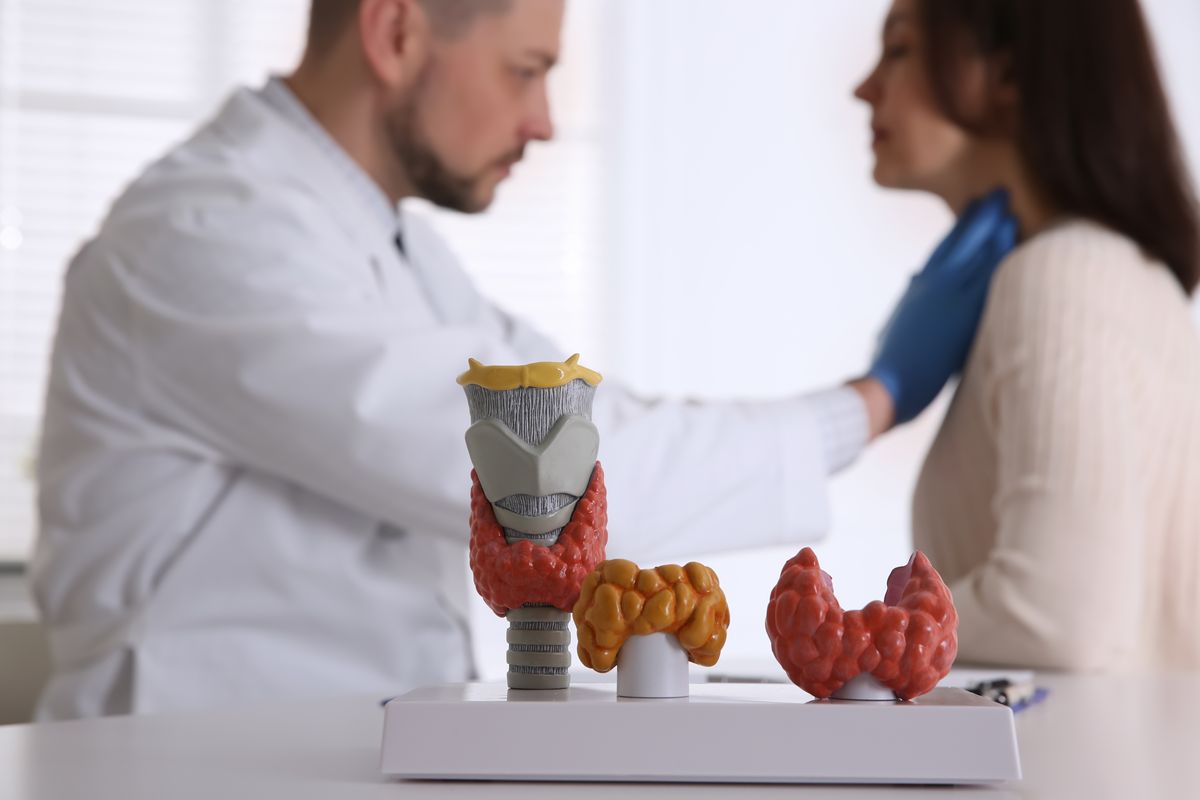Health
Subclinical hypothyroidism, causes and symptoms: therapy is still a matter of discussion

What is Subclinical Hypothyroidism? Thyroid dysfunction almost always asymptomatic, can evolve into full-blown hypothyroidism.
Thyroid dysfunction , subclinical hypothyroidism could be discovered incidentally, with simple routine checkups. Considering that it could be a transient problem, not all doctors agree on the treatment. Let's see what are the causes, symptoms and treatment.
Subclinical hypothyroidism: symptoms
Subclinical hypothyroidism occurs when there is anincrease in TSH (thyroid stimulating or thyroid stimulating hormone) in the blood with normal values of thyroxine (T4) and triiodothyronine (T3). Generally, this is the most common form of hypothyroidism, although many people discover it completely by accident. This variant of the disease, given that the symptoms are scarce or absent, can be discovered by doing routine checks or by doing a specific screening.
In most cases, Hashimoto's thyroiditis or Basedow-Graves disease causes subclinical hypothyroidism. More rarely, however, the triggering factor is one of: previous acute inflammation , iodine deficiency, radioactive iodine therapy, thyroidectomy, some drugs and external radiotherapy of the head and neck. It should be emphasized that this problem can also arise for unidentifiable causes.
View this post on Instagram
Subclinical hypothyroidism usually occurs primarily in people with Down syndrome, postpartum or menopausal women , the elderly, heart failure, type 1 diabetes mellitus , and patients with a family history of thyroid disease or autoimmune disease. Although initially asymptomatic, when neglected it can progress to full- blown hypothyroidism . At this point, you may experience: muscle weakness, asthenia, daytime sleepiness, intolerance to cold, difficulty in concentrating, hoarseness , dry and rough skin, eyelid edema , memory loss and constipation.
Subclinical hypothyroidism: the therapy
Subclinical hypothyroidism has values that can be identified as mild (TSH 4.5-9.9 mU/l) and severe (TSH ≥10 mU/l). In order for the disease to be confirmed, however, the doctor must take into consideration the patient's age and other factors, such as the presence of symptoms and signs of mild hypofunction of the thyroid gland. To diagnose the disease, blood tests are needed, which will be repeated after a certain interval of time, and thyroid tests , such as a thyroid ultrasound.
As regards the treatment of latent hypothyroidism, this involves the administration of drugs based on thyroid hormone at low doses and continuous monitoring of the patient by the doctor. It should be stressed, however, that not all specialists agree on the treatment of the dysfunction.
Riproduzione riservata © - WT











